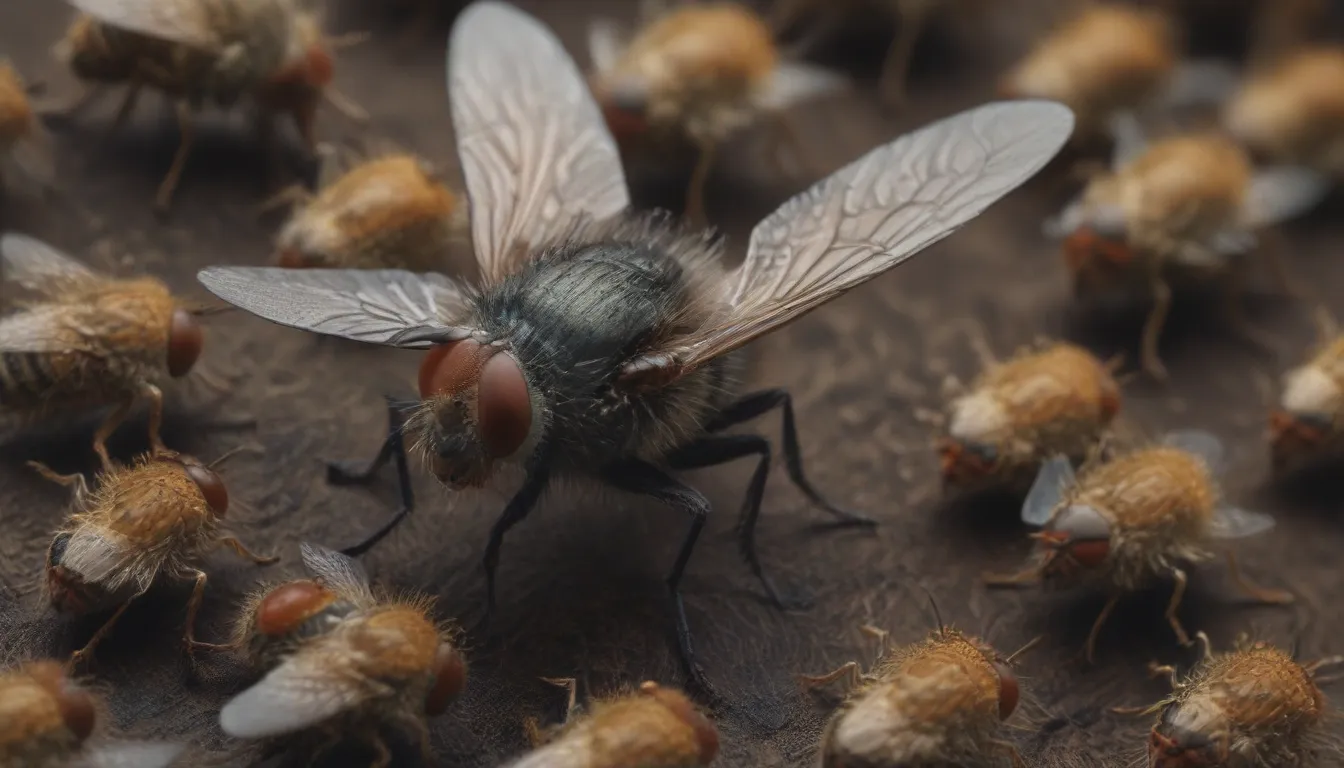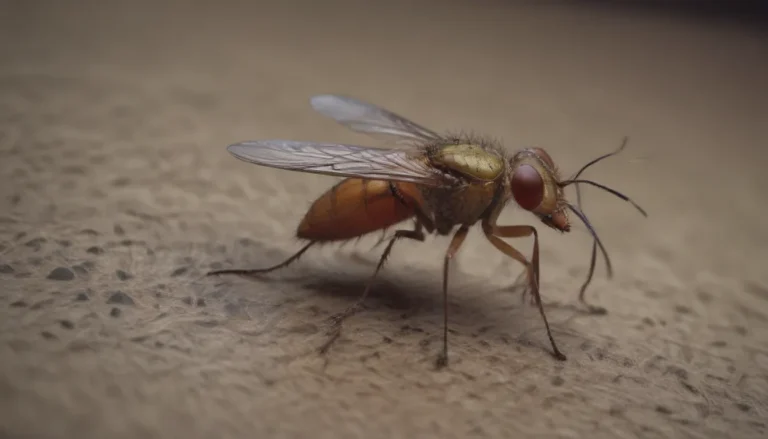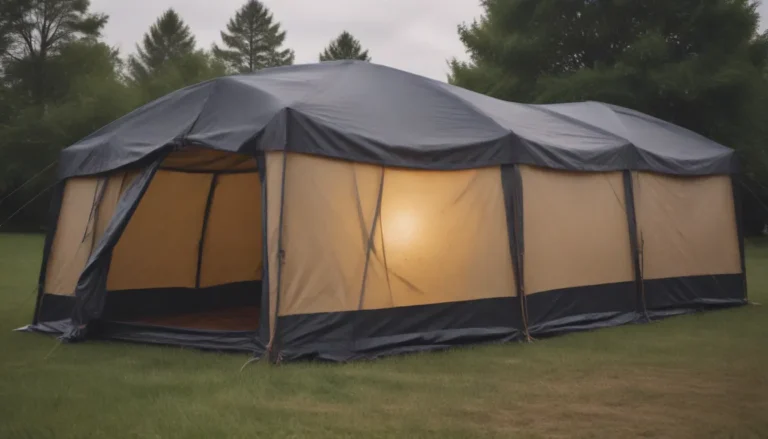Cluster Flies: What They Are and How to Keep Them Away

If you’ve ever walked into your home during the winter months and been greeted by big flies buzzing around, chances are you’ve encountered cluster flies. These pesky insects tend to make their appearance on house walls or windowsills, seeking warmth during the cold season. But fear not, because with a few easy methods, you can get rid of these unwanted guests and keep your home fly-free. In this comprehensive guide, we’ll delve into what cluster flies are, how to identify them, and most importantly, how to eliminate them from your living space.
What Are Cluster Flies?
Cluster flies are not your average house flies. These oversized black flies seek shelter in the warm nooks and crannies of your home, such as between walls, in the attic, or basement, during the winter. They feed on plant nectar and lay their eggs in the soil near earthworm burrows. Unlike houseflies, cluster flies do not breed indoors, nor do they bite. However, their presence can be a nuisance, especially when they emerge from hiding in the spring.
Characteristics of Cluster Flies:
- Body characteristics: Larger and bulkier than house flies
- Sluggish movement: Cluster flies move slowly compared to regular houseflies
- Overlapped wings: When at rest, the wings of cluster flies overlap
- Clustering at windows: You may find cluster flies gathering near windows
Signs of Cluster Flies
While cluster flies typically live outdoors and appear in the spring and fall, overwintering cluster flies can sneak into your home during the winter months. They don’t cause any structural damage or breed indoors but can leave behind small dots of excrement and be a significant annoyance in large numbers.
4 Easy Methods to Get Rid of Cluster Flies
1. Swat or Vacuum the Visible Flies
- Cluster flies are sluggish, making them easy to swat or vacuum up.
- Avoid using insecticides, as they can attract secondary pests.
- Regularly swatting or vacuuming the flies can help control their population.
2. Use Traps or Flypaper
- Flypaper or sticky traps can be effective in catching cluster flies.
- You can also create a sweet water solution in a jar with a lid to attract and trap them.
- Remember to empty the traps regularly to maintain their effectiveness.
3. Spray an Approved Indoor Pesticide
- Choose an indoor insect spray with pyrethrins to quickly eliminate cluster flies.
- Aim the spray directly at the flies and use it sparingly.
- Be cautious with pyrethrins around fish and water supplies as they can be toxic to aquatic life.
4. Seal Interior Cracks and Gaps
- Prevent cluster flies from entering your home by sealing all interior and exterior cracks.
- Focus on areas like windows, door frames, and baseboards where flies can sneak in.
- Use caulking or fillers to seal off any potential entry points for the flies.
How to Prevent Cluster Flies
Cluster flies seek warmth during the winter months and enter homes through cracks and gaps in walls and foundations. By sealing off these entry points, you can prevent cluster flies from finding shelter in your home. Make sure to check the west and south sides of your home, as these are common entry points for cluster flies. Regular maintenance, such as ensuring your windows have insect screens and sealing exterior gaps, can help keep these insects at bay.
If your cluster fly infestation is severe, consider contacting a professional exterminator for help. They can apply residual pyrethroid-based insecticides on the outside walls to deter cluster flies from hibernating in your home.
Cluster Flies vs. House Flies
While cluster flies may resemble regular houseflies, there are key differences between the two. Cluster flies are larger, slower-moving insects that tend to cluster on warm surfaces like windows. Houseflies, on the other hand, are more active and typically peak in activity during the summer months. Cluster flies do not pose a health risk as they do not carry diseases, but they can leave behind a mess that requires cleaning.
In conclusion, cluster flies may be a nuisance, but with the right approach, you can effectively manage and prevent their presence in your home. By following the methods outlined in this guide and taking proactive measures to seal off entry points, you can enjoy a fly-free living space throughout the year. So, next time you spot a cluster fly buzzing around, remember these tips to keep them at bay and maintain a pest-free home environment.





